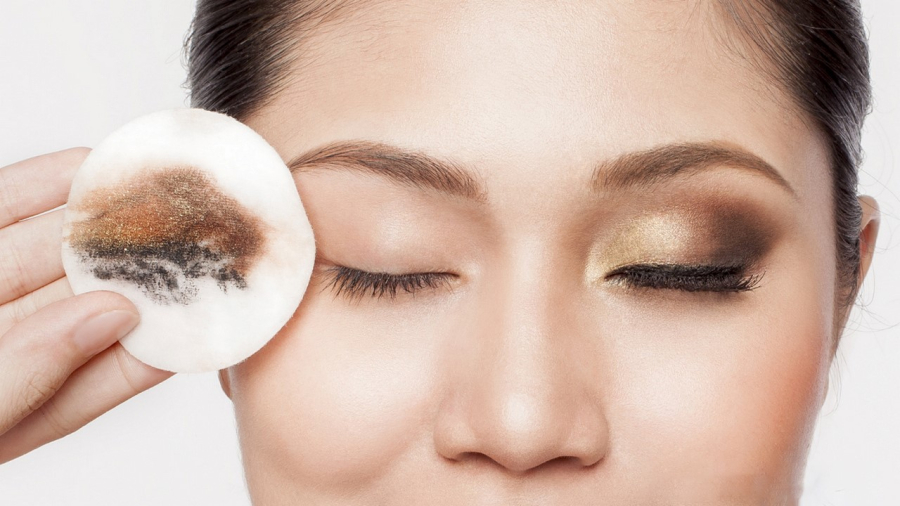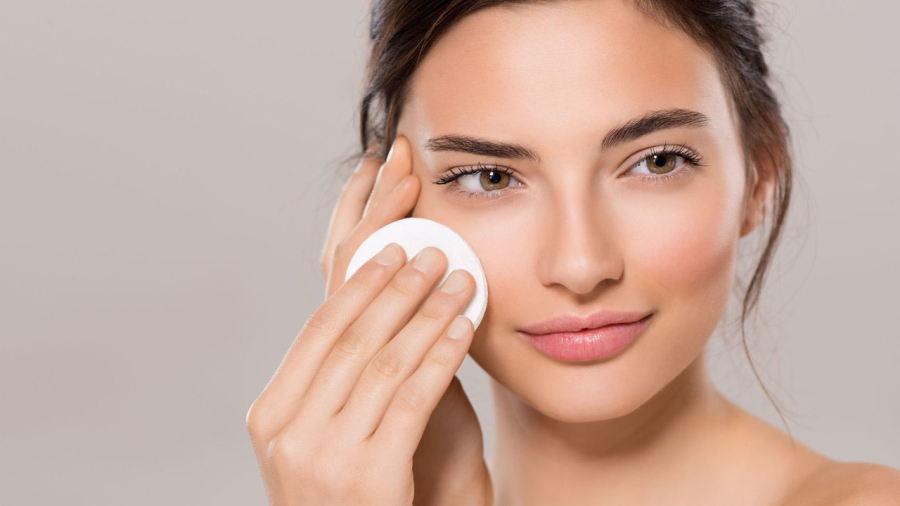Choosing the wrong product
One of the most common mistakes when using makeup remover is choosing the wrong type of product. You need to know that each skin type has its own characteristics and needs. Therefore, you should choose a makeup remover that is suitable for your skin type.
For example, if you have oily skin, choose a makeup remover specifically for oily skin. If you have sensitive skin, look for a product that does not contain fragrance or other irritants.

Not cleaning your hands before using makeup remover
One important thing to do before using makeup remover is to clean your hands. Your hands contain many bacteria and dirt, and if you don’t clean them before using makeup remover, you can transfer impurities to your face, causing irritation and infection.
Using wet hands to apply makeup remover
One common mistake that many people make when removing makeup is using wet hands. When your hands are wet, the makeup remover will be diluted, emulsified, and unable to effectively work on your skin. It’s best to make sure your hands and face are dry before using makeup remover to achieve the best results.

Not thoroughly emulsifying the makeup remover
After removing makeup with makeup remover, what you need to pay attention to is thoroughly emulsifying the oil by gently massaging and tapping water onto your skin. Massaging will help the makeup remover penetrate into the pores, remove any remaining impurities, and stimulate blood circulation.
Tapping water onto the skin and massaging will help remove any residual makeup remover on the skin. If you don’t emulsify it thoroughly, the makeup remover can clog the pores and cause acne or skin infection.
Not cleaning your skin with a facial cleanser
After cleaning your face with makeup remover, it is essential to cleanse your face again with a facial cleanser. Makeup remover can leave a layer of oil on the skin, so if you don’t clean it thoroughly, this oil layer can clog pores and make the skin dull and rough. Using a suitable facial cleanser after using makeup remover helps ensure that the skin is thoroughly clean.
If you are still making one of these 5 mistakes mentioned above, quickly make changes to improve your skin day by day. Avoid the situation where your skin gets worse and premature aging, causing a loss of confidence in your appearance.






























